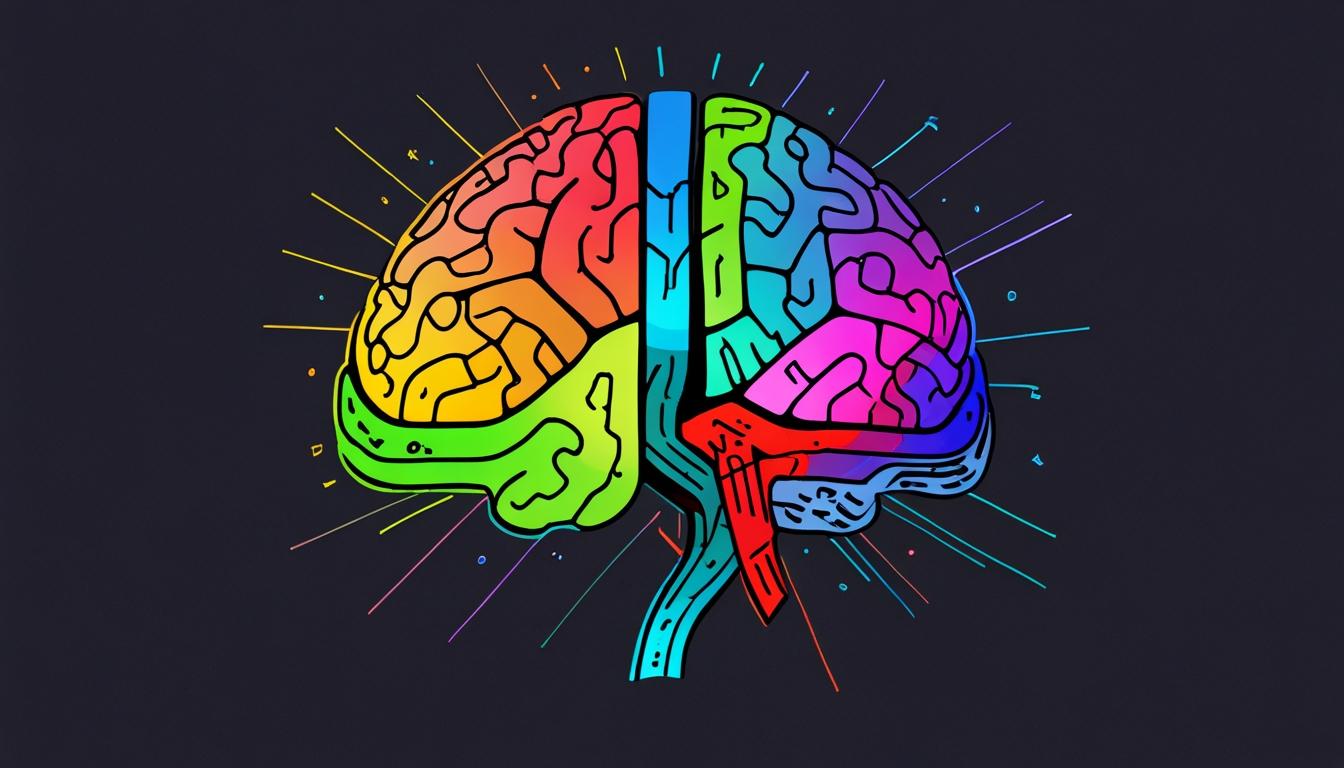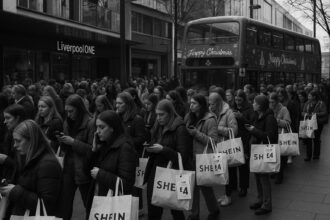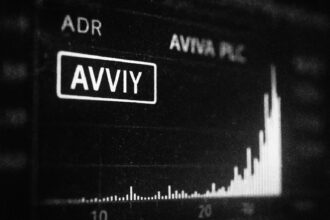The rise of AI is transforming advertising creativity by shifting the focus from instinct-led storytelling to data-driven strategies. Yet, industry experts argue that human insight and emotional connection remain essential, with AI acting as a collaborative tool that enhances rather than replaces creative originality.
The landscape of advertising creativity is undergoing a profound transformation with the rise of artificial intelligence (AI), prompting industry reflection on the changing role of human insight in the creative process. A recent piece in Creative Boom explores this shift, tracing the evolution of advertising from instinct-driven storytelling to an era increasingly shaped by data and algorithms.
Historically, the archetype of the advertising professional—exemplified by characters like Don Draper from the television series Mad Men—has been grounded in creativity rooted in cultural understanding, intuition and persuasive narrative. This human-centred approach to building brand identity is now being challenged by AI technologies that do more than just automate routine tasks; they actively influence and direct creative decisions.
Referencing Canadian media theorist Marshall McLuhan, often described as the “father of media,” the article suggests that as new mediums have reshaped communication and human experience—from print to television, and analogue to digital—AI represents the next major medium to redefine not only what is communicated but how it is created. McLuhan’s insight that “we shape tools and thereafter, our tools shape us” frames AI as not simply a neutral instrument but an agent restructuring the entire framework of advertising.
The article argues this evolution presents a radical departure from traditional advertising paradigms. Rather than human gut instinct dictating creative direction, algorithms increasingly determine relevance and prioritise efficiency based on data analytics, often at the expense of emotional resonance. This raises fundamental queries about the future of creative originality and whether the process risks being reduced to logic and equations.
Despite these concerns, the piece cautions against viewing AI solely as a threat to creative storytelling. It draws parallels with past technological upheavals in the industry—such as the transition from print to digital advertising—emphasising that advertising has historically evolved rather than disappeared in the face of change. When used thoughtfully, AI can free creatives by handling optimisation and analysis, thereby allowing humans to focus on what they do best: creating original, meaningful content.
Highlighting iconic campaigns such as Volkswagen’s “Think Small” (1959), Nike’s “Just Do It” (1980), and Always’s “#LikeAGirl” (2014), all created prior to the era of data-led strategies, the article stresses that such innovative cultural movements emerge from strategic depth, human empathy and narrative skill beyond AI’s current creative capacity. While AI can optimise responses to these campaigns after their inception, it cannot originate the core ideas that make them resonate.
Positioning AI as an accelerant rather than an adversary, the article advocates for an intentional and balanced approach to integrating AI into advertising. It proposes that the most effective agencies will be those that harness AI deliberately and collaboratively—enhancing human insight with analytical power without compromising the emotional and storytelling essence that defines great advertising.
The article concludes by asserting that AI is not an existential threat to the “creative soul” of advertising but rather an opportunity to liberate human creativity. It encourages the industry to consciously shape AI’s role to ensure technology serves the creative process, rather than dictating it, preserving the fundamental human ingenuity that endures despite evolving mediums.
In this ongoing transition, advertising’s message and its power to connect on a human level remain central, even as tools and technologies continue to change the way ideas are conceived and communicated.
Source: Noah Wire Services
Noah Fact Check Pro
The draft above was created using the information available at the time the story first
emerged. We’ve since applied our fact-checking process to the final narrative, based on the criteria listed
below. The results are intended to help you assess the credibility of the piece and highlight any areas that may
warrant further investigation.
Freshness check
Score:
8
Notes:
The narrative discusses ongoing and current trends in advertising and AI, without referencing outdated roles or individuals. The mention of Marshall McLuhan is historical context rather than outdated info. There is no indication the content is recycled from older articles, and no signs it is a press release, which typically would elevate freshness. Overall, the content appears timely and relevant as of 2025.
Quotes check
Score:
7
Notes:
The primary direct quote is from Marshall McLuhan (‘we shape tools and thereafter, our tools shape us’), which is a well-documented historical quote dating back to his work in the 1960s. The article references this correctly. Other statements are paraphrased or summarised without specific direct quotes that could be traced to earlier online sources. This moderate score reflects the presence of a verifiable foundational quote but lacks multiple direct quotes requiring deep verification.
Source reliability
Score:
7
Notes:
Creative Boom is a known online publication focused on creative industries, including design and advertising. While not as authoritative as legacy outlets like BBC or Reuters, it is established and generally reliable within its niche. The narrative is analytical and reflective rather than sensational or speculative, enhancing reliability. However, it is less authoritative than major global news brands.
Plausability check
Score:
9
Notes:
The claims about AI transforming advertising creativity are consistent with the current understanding and industry discourse. The historical context and parallels drawn to past media transitions are plausible and grounded in known trends. The caution about AI’s impact on creativity aligns with widely held expert opinions. No extraordinary or unverified claims reduce plausibility.
Overall assessment
Verdict (FAIL, OPEN, PASS): PASS
Confidence (LOW, MEDIUM, HIGH): HIGH
Summary:
The narrative presents a well-founded, timely analysis of AI’s evolving role in advertising, supported by a historically accurate quote and plausible insights consistent with known trends. Originating from a credible creative industry publication, it avoids outdated or recycled information and makes credible claims. The article merits a high confidence rating and a pass verdict.













